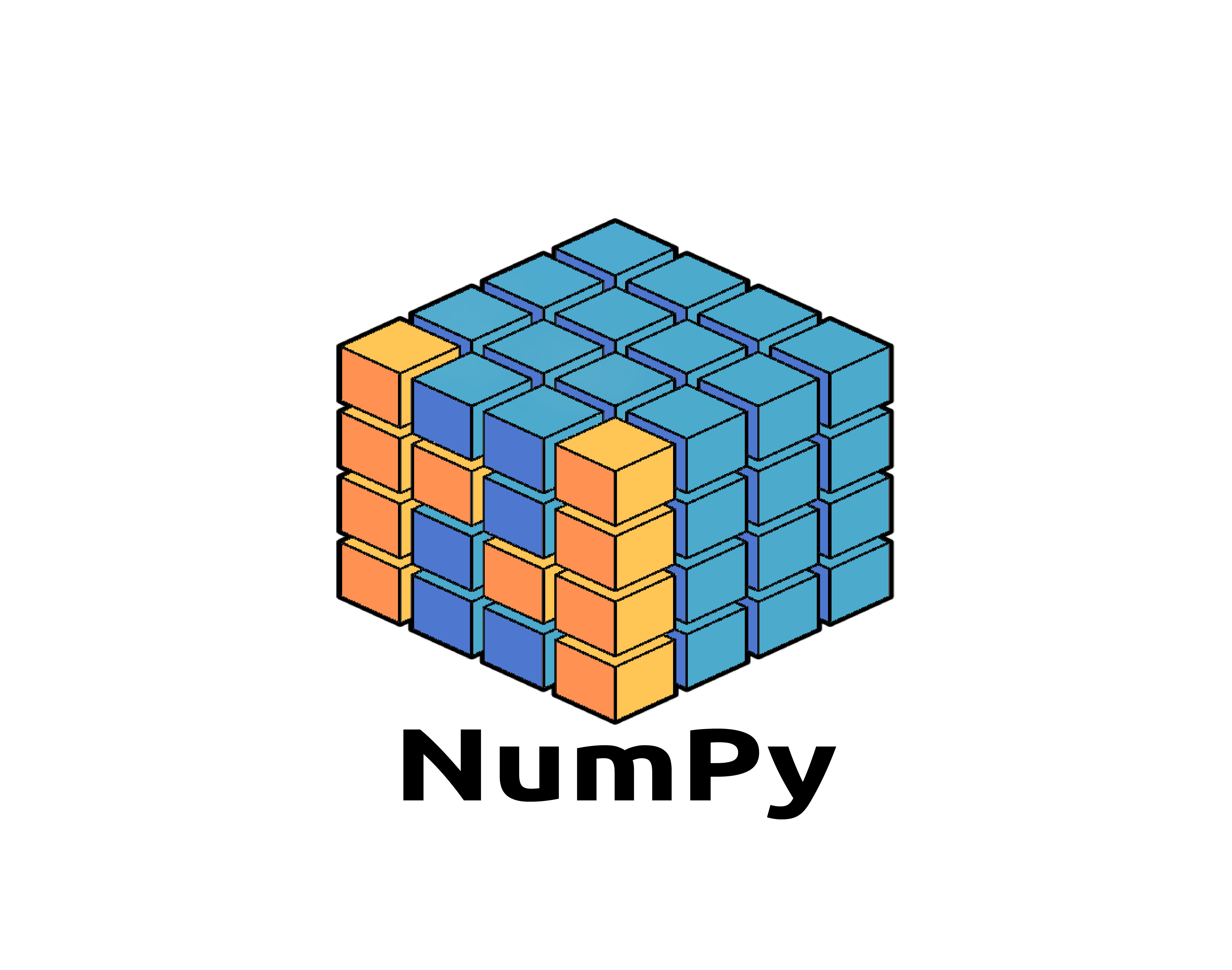
About Course
NumPy, short for Numerical Python, is a fundamental library in Python for numerical computing. It provides support for large, multi-dimensional arrays and matrices, along with a collection of mathematical functions to operate on these arrays efficiently. NumPy is essential for tasks involving data analysis, scientific computation, and machine learning due to its speed and functionality. It forms the foundation for many other Python libraries that require numerical operations, making it a cornerstone in the Python ecosystem for scientific computing and data analysis.
Course Content
NumPy Tutorial
- 00:00
- 00:00
- 00:00
- 00:00
- 00:00
- 00:00
- 00:00
- 00:00
- 00:00
- 00:00
- 00:00
- 00:00
- 00:00
- 00:00
Student Ratings & Reviews

No Review Yet
